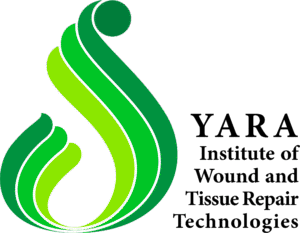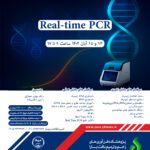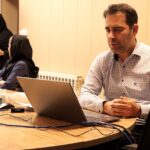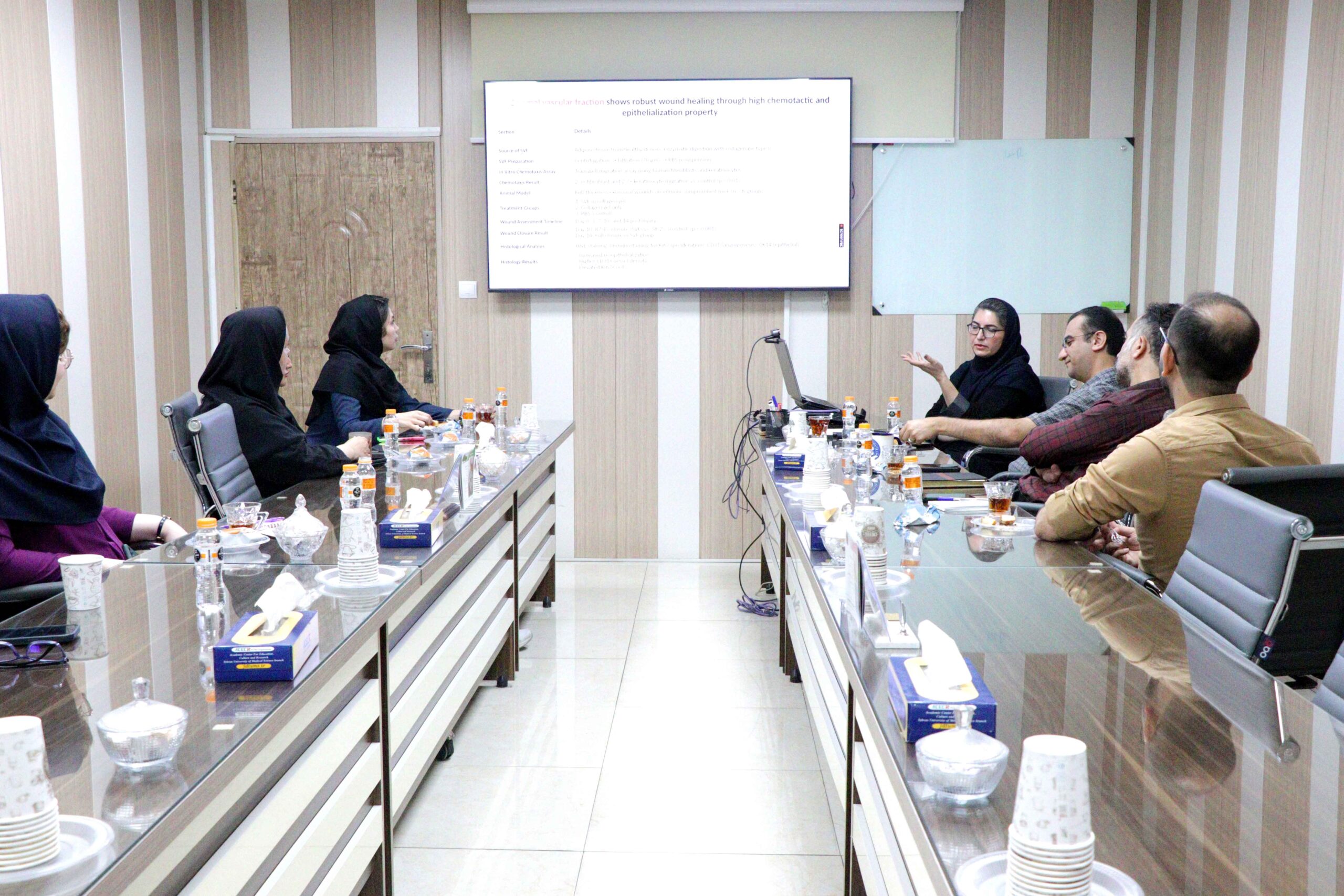
Special Scientific Session on “SVF Therapy in Wound Healing”
- نوشته شده توسط زهرا بیات
________________________________________
A Special Scientific Session on “SVF Therapy in Wound Healing” was held on Wednesday, July 30, 2025 (8 Mordad 1404) at the Yara Research Institute
________________________________________
In this session, Dr. Atefeh Shahbazi, researcher at the Regenerative Medicine and Biotechnology Research Group in Wound Healing, discussed various aspects of SVF therapy and its applications in wound treatment.
Dr. Shahbazi explained that SVF (Stromal Vascular Fraction) is a component derived from adipose tissue, containing a diverse population of cells and important biological elements. SVF is typically obtained through liposuction and fat processing, and it includes stem cells, immune cells, endothelial cells (which line blood vessels), and pericytes.
The main components of SVF include:
• Mesenchymal Stem Cells (MSCs): Capable of differentiating into various cell types such as bone, cartilage, muscle, and adipose cells.
• Endothelial Cells: Contributing to the formation of new blood vessels (angiogenesis).
• Pericytes: Located around small blood vessels, playing an essential role in tissue regeneration and regulation of blood flow.
• Immune Cells (e.g., macrophages and lymphocytes): Regulating immune responses and supporting tissue repair.
Clinical and research applications of SVF include tissue repair and regeneration, especially in chronic wounds and muscle injuries, as well as in aesthetic medicine and skin rejuvenation (e.g., facial injections). SVF is also applied in orthopedic conditions such as osteoarthritis and tendon injuries, and contributes to the regeneration of damaged blood vessels in cardiovascular diseases.
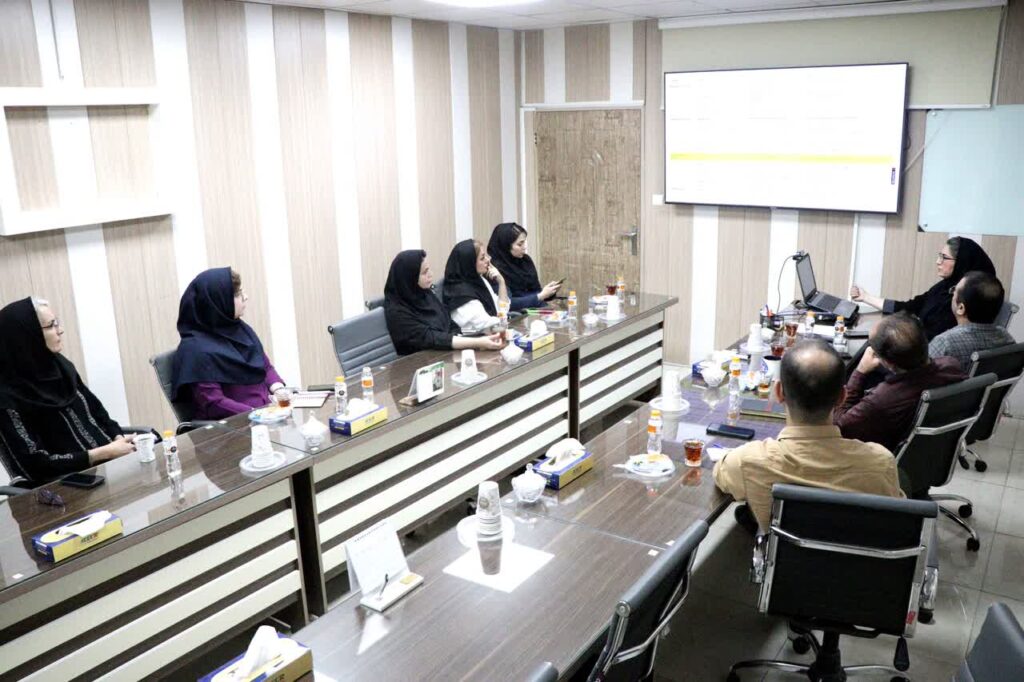
به اشتراک بگذارید:
Tower Toward Healing
- 1 October 2025
Introductory Molecular Biology
- 18 September 2025
Special Scientific Session on “SVF Therapy in Wound Healing”
- 17 September 2025
Real-time PCR
- 17 September 2025
Webinar on “Topical Drug Delivery in Dermatology”
- 10 August 2025
